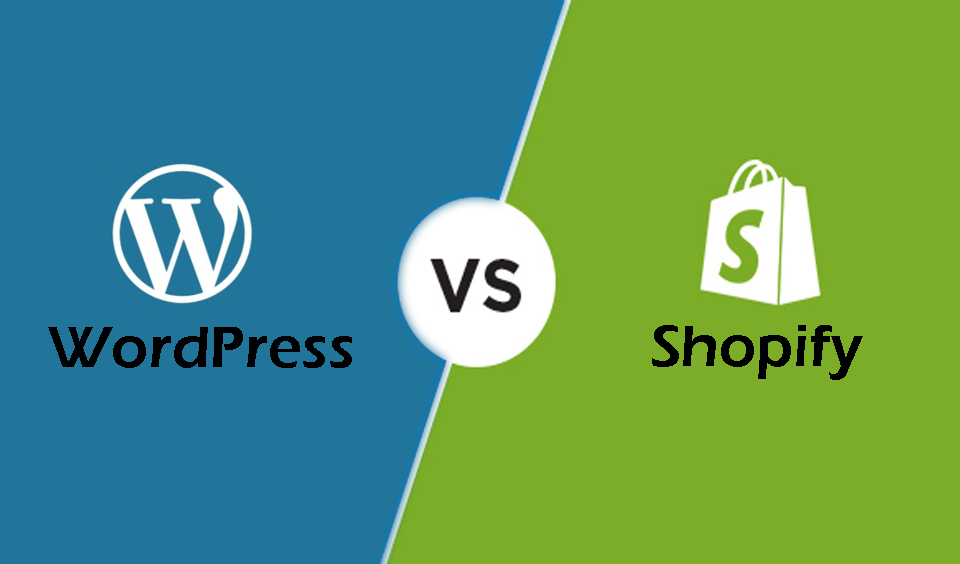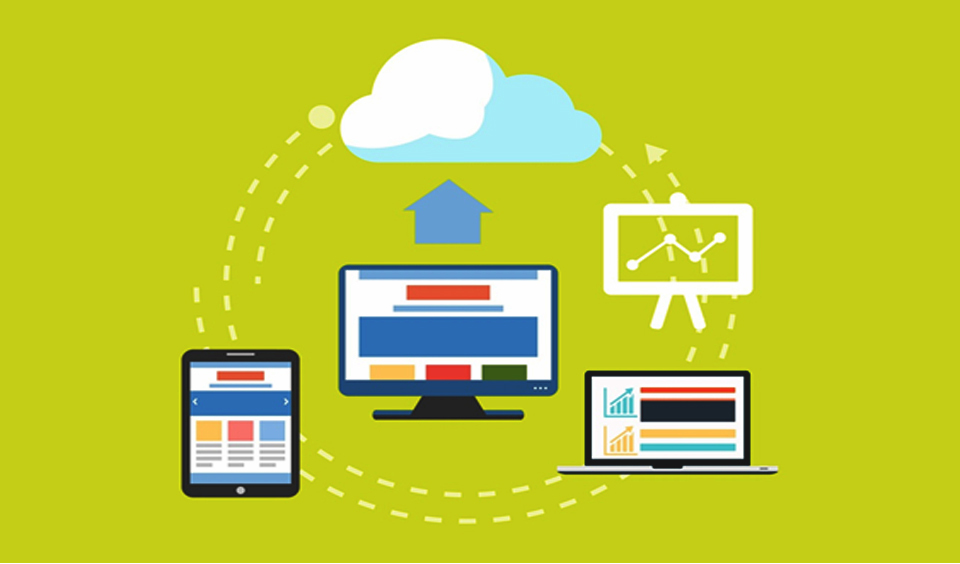It’s time we continue our article with part II on how to quickly and easily improve your WordPress and make the best of the platform with minimal efforts. Some of these tops require plugins, others require small tweaks, but most importantly, none of them requires that you have any coding skills!
So grab your cup of coffee and go ahead, as with the simple WordPress tips we’ll provide in the next paragraphs you will level up significantly your website game.
As usual, your first step should be backing up your WordPress before making any changes to it. You can use a plugin, but if your site becomes inaccessible, you won’t be able to restore via plugin, so the best option is to make sure you have a backup set directly in your hosting (either manual or automatic).
6. Improve your Security
This is an area that is overlooked most times than not which is really surprising. Security issues can cost you a lot and the thing you have to remember is that a few simple settings can save you a lot of headaches.
So what can you do to make your site a more secure place? Let's start with a few easy rules:
- Do not use “admin” as username, especially in a combination with a weak password. If your username is already “admin” (and you cannot change that) you can always create a new user and destroy the old one.
- Passwords with long, random strings of symbols are always preferable, but if you want to choose your own, make sure it’s long and includes numbers, special characters etc. Update regularly! Your WordPress themes, plugins and WordPress itself usually have pretty regular updates. Most of these are related to improving functionalities or bugs, but often they are related to security issues as well, patching up holes in the code that can be exploited by hackers. Install a CAPTCHA on your contact forms. This not only prevents spam (which can be quite annoying) but is also a security measure.
If you are using Contact Form 7, nowadays they have a very easy integration for the reCAPTCHA service offered by Google - all you need to do is go to your Contact Form > Integrations and click on Setup Integration, then follow the instructions in the link (we also have a brief guide on (how to add CAPTCHA to the Contact Form)
Now, let's take a look at a couple of plugins that will make your job easier when it comes to protecting your WordPress.
If you want something simple that will just prevent brute-force attacks towards your site, Loginizer will do the job. This plugin is free and it’s so widely used, many WordPress installers within the Cpanel now offer to add it when you create a fresh installation. The paid version will offer additional cool features such as Two-Factor Authentication (where you will have to take additional steps to verify your login), renaming your login page (makes it harder for hackers to break in) etc.<
WP Cerber Security, Antispam & Malware Scan is perhaps one of the most complete solutions. It does have a paid version, but the free one is pretty great. From anti-spam features, through brute-force attacks protections and even an activity log, which helps you see what happened on your site, this plugin is definitely worth a try.
A small note on WP Cerber - even though we consider it extremely well built, it is a bit on the paranoid side, so if you experience similar problems with the plugin, you can try and post in its forum that you can find in the WordPress Repository.
Of course, if this seems a bit too annoying to you, our Fixed experts can always take care of your website maintenance for you
7. Improve the site speed
As with the responsiveness of your site, the fast speed is something crucial today. As far back as 2014, there was data indicating that a significant chunk of your users may leave if your side isn’t loaded in 3 seconds. In fact, if you've ever used speed tools such as GTmetrix, you will notice that this is what has been set as average load time.
To be honest, speeding up your website might turn out to be a complex task, as it depends on many, many factors. Let’s go through some of the things that can be relevant to your site speed:
- WordPress theme (some can be significantly heavier)
- Number of plugins installed and how they work
- Cache settings
- Choice of hosting
- Image optimization
- Compression of files
And many, many other things, most of which are somewhat technical and require a deeper understanding of what you’re doing.
If you're looking to speed up your mobile WordPress site this is something that might help.
However, if you are looking to make some basic changes on your desktop version of steps you can take (besides this short guide on how to improve your site speed which we posted in our Knowledgebase)
- Use a plugin that offers performance optimization. A good choice here can be the Autoptimize plugin. This plugin is quite simple to use and it will speed up your WordPress with a few simple clicks: His secondary options (in the tab Extra) could also be very useful. The plugin, however, needs to be used carefully and you should remember to always check your site and its functions once you install and activate it; there is a chance its minification properties could break something in your site. Again, doing backup before performing steps like this is crucial in order to preserve your site in case something bad happens.
- Install a caching plugin - one good option we really like is Cache Enabler - light, efficient and fairly simple to use. The plugin is already set and working once you installed, but it would be beneficial to activate at least two options (you can do more if you know what you’re doing) :
1. Clear the complete cache if a new post has been published (instead of only the home page cache)
2. Cache minification As with Autoptimize, it’s a good idea to check out if everything on the site works correctly. If you see any issues, then deactivate the options one by one too understand where is the issue coming from.
- Optimize your images - we mentioned very quick and efficient ways to optimize your images in part I of this article, so you can make a quick visit there and check out how to do it.
- If pages are content heavy, use a3 Lazy Load. Lazy loading is what makes content show up as you scroll down the page, so if you have a lot of images, for example, they will not load at once thus slowing down the page and increasing bandwidth use.
- Remove unnecessary plugins - this may seem a bit controversial since we recommended so many plugins already, but the key word here is “unnecessary”. Once people discover the vast possibilities that WordPress plugins give them, they tend to go overboard and keep installing everything they get their hands on.
Don’t get us wrong, plugins are awesome and they can make a huge difference to your site, however, keep in mind having many plugins can also slow down your site significantly.
Go through your plugins and try to see what you’re not really using or have even forgotten that it’s there and have no real purpose. If you are unsure, deactivate them and check carefully your site to see if there are any functions not working correctly.
Oh, and if you still haven’t updated your plugins, consider this - very old version can also contribute to slower site speed, so you really should think about hitting that update button.
8. Increase your subscribers
Getting people to subscribe to you - via email, push notifications or anything else - is a pretty good way to ensure some returning visitors. Today’s war for customer’s attention is really escalating as people have less and less time, while content is literally flooding them. There is a disheartening infographic suggesting that the average human attention span in 2015 is around 8.25 sec. This means that while creating amazing content is step one, they can quickly forget it once they're exposed to it.
In other words, people may quickly forget what an amazing source of information you are, no matter the efforts you put in your content.
This is where subscription boxes and push notifications comes in. Some of us feel a bit shy placing this type of elements on the site, considering them a bit spammy, but you have to remember that if you provide your community with something useful, they definitely wouldn’t get as irritated as when they receive a random email offering office supplies.
There are really a lot of options here - from sites offering a single service like HelloBar to the MailChimp services and plugins that include a whole range of things, like Sumo (formerly known as SumoMe) Hustle etc.
If you are new to this, consider starting with one thing - like growing your email subscribers or implement a push notification - and take your time to research around the subject. The latter one doesn’t require a strategy and can be of great use if you often release new content, like blog posts.
if you go for the email marketing, it's not a bad idea to check some detailed guide on how to improve your strategy (or create one). Hubspot, for example, offers amazing - and free - course on this topic which is definitely worth checking.
You can also visit this article and scroll to the bottom, where you will find other suggestions for conversion plugins.
9. Enable Rich Snippet
Making the online users click on your link of all the Google results they see it’s truly an art. Of course, the position of your site in Google results is crucial, but how you present it is equally important and aside from the page title and page description (definitely important!) there are other things to consider.
One of these things is implementing the so-called Rich snippets, which will basically indicate to search engines what will hey find on your page. The reason they’re called Rich is because there are additional elements, like rating, prices, etc. Basically, they add extra data which can attract the customer’s attention and help him make a quick judgement about what they see.
A good example of Rich snippets usage is within the food community: As you can see, things like rating, calories, cooking time etc are visible at first sight, which serves
You can, however, use them for events, purchases, reviews and other things. The easiest way to make this happen would be by installing a Rich snippet plugin like All in One Schema Rich Snippets.
When you install the plugin, you will see that an option will appear under your Edit Post / Edit page section. There you will have the option to choose from the supported rich snippets and fill the fields with the relevant data.
10. Create crushing content
Ok, that is a rather broad and overheard advice, but as we established, consumer’s attention gets harder and harder to get. This means that you will have to exert all of your creative power and journalist skills if you want that blog to really take off.
So rather than plugins, we’d like to offer here some places, where you can learn more about creativity, storytelling and how to make that content of yours really great and shareable.
Neil Patel Marketing Youtube channel





